【印刷可能】 gharial (gavialis gangeticus) 190187-Gharial gavialis gangeticus
Image Nominated by Charlesjsharp (talk) on 0941 (UTC) Scope Nominated as the most valued image on Commons within the scope Gavialis gangeticus (Gharial) female and juvenile Used inMar 09, 21 · Gharial ( Gavialis gangeticus ) Activity, territorial behavior, social behavior, communication, locomotion, interspecies interactions These pages are part of the San Diego Zoo Global Library website Our website provides access to zoo, animal, plant, conservation, and veterinary information resourcesFeb 16, 21 · What is an interesting fact about Gharials?

Gharial Gavialis Gangeticus By Shubhrajit Chatterjee Mostphotos
Gharial gavialis gangeticus
Gharial gavialis gangeticus-What is the scientific name for the Gharial?Gavialis gangeticus, the Indian gharial, is perhaps the most distinctive of living crocodylians Its long, tubular snout is usually viewed as an adaptation for catching the fish that make up the bulk of its diet It is also one of the largest living crocodylians, with exceptionally large males thought to exceed five meters in total length




Gharial Foton Och Fler Bilder Pa 15 Istock
Nov 28, 14 · Family Gavialidae Genus Gavialis Species G gangeticus Critically endangered 6 m long and 160 kg ( size) Indus and Irrawaddy rivers ( map) The earliest gharial may have been related to the modern types Some died out at the same time as the dinosaurs at the end of the Cretaceous, others survived until the early EoceneGavialis gangeticus The needlelike teeth of the Indian gharial are perfect for seizing slippery fish, the prey upon which this species feeds almost exclusively The narrow snout is particularly suited to being swept laterally through the water at great speed the way in which the gharial feeds, snatching fish as they pass the submerged headThere are 2 species of Gharial
The gharial, Gavialis gangeticus, a fresh water crocodile, was once widely distributed in the major river systems of South Asia (see Chapter III) In the past two decades, there has been a drastic decrease in gharial populations and their habitats;Sep , 19 · Gharials are crocodilians that are the only member of their genus, gavialis One can see that the main difference that the gharial has with the crocodile, alligator, and caiman is its possession of its signature long, slender snoutMay 13, 14 · Gharial (Gavialis gangeticus) May 13, 14 Reptiles animals, conservation, crocodile, fish eating, Gavialis gangeticus, Gharial, Gharials, india, iucn, nature, poaching, reptile, rivers, sand, streams, threats, wildlife (http//wwwarkiveorg/gharial/gavialisgangeticus/image
Jan 14, 19 · The population of gharials (Gavialis gangeticus), a crocodilian endemic to the Indian subcontinent, has gone up in the Gandak river in Bihar Three surveys in 17 and 18 recorded about 211 gharials of different agegroups present in the river, as compared to merely 15 recorded in 10Gharial derives its name from ghara, an Indian word for pot because of a bulbous knob (narial excrescence) present at the end of their snout The ghara also renders gharial the only visibly sexually dimorphic crocodilian The species are largely piscivorous of all extant crocodiliansThe gharial (G gangeticus) is the only member of this crocodile family and is found in the Indian Subcontinent Mature males may be up to 45m long The gharial



1
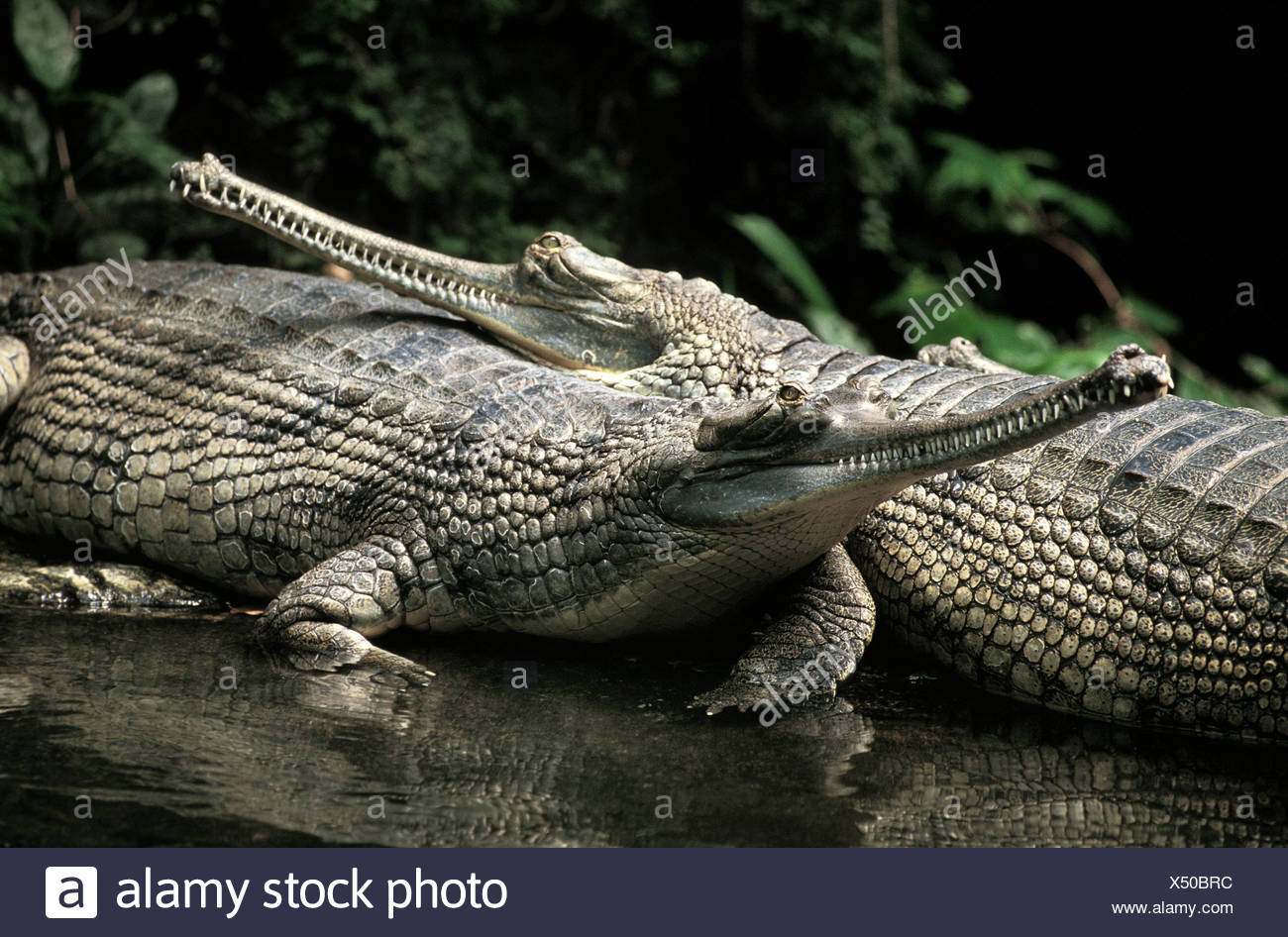



Gavial Or Gharial Gavialis Gangeticus Adults Stock Photo Alamy
Populations in some rivers are now extinct Because the gharial was on the verge of extinctionThe gharial, Gavialis gangeticus, gentle crocodile of India Reptilia (GB) (47) 5356 get paper here;The scientific name for the Gharial is Gavialis gangeticus What is the lifespan of a Gharial?
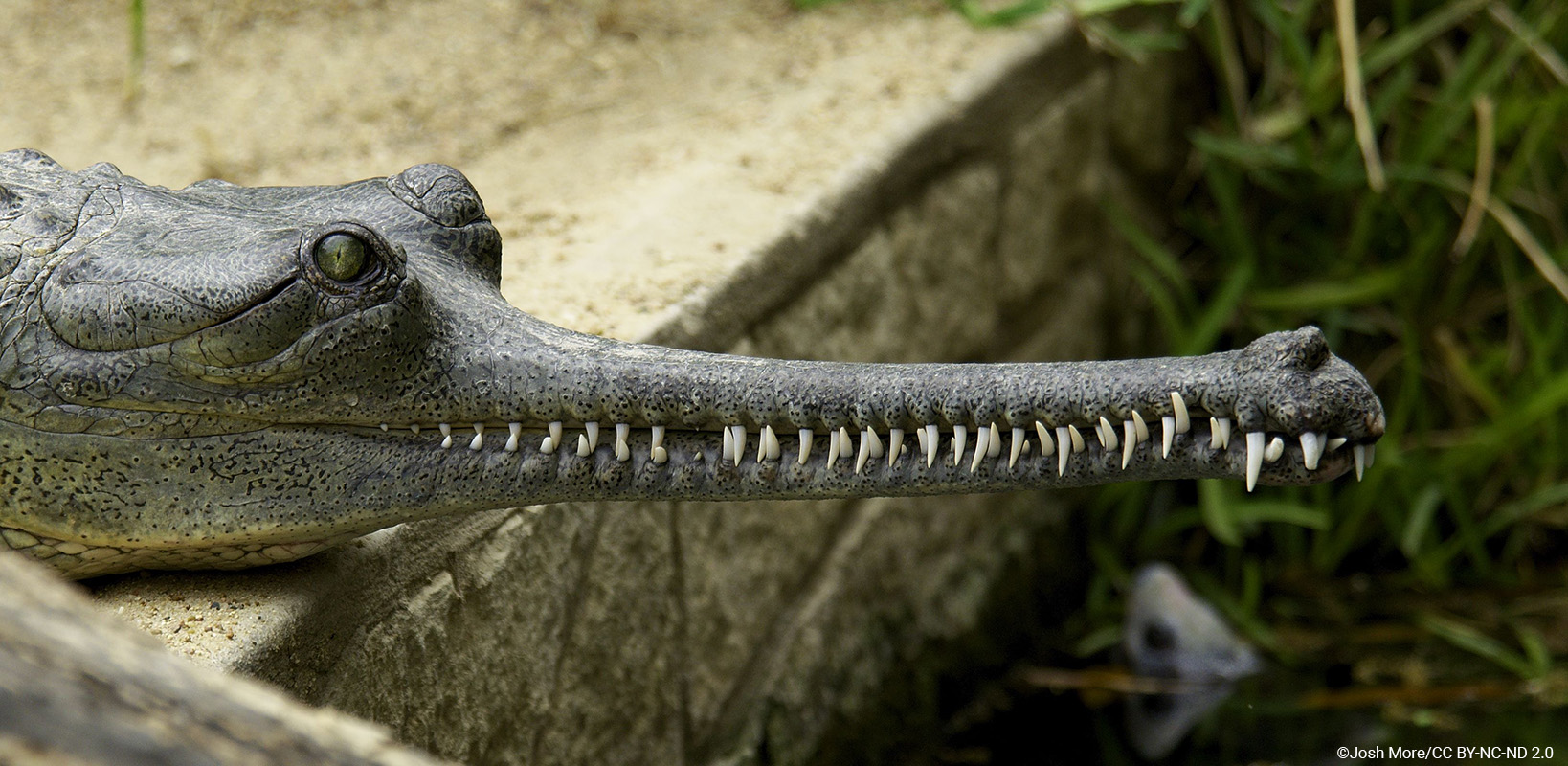



Gharial Gavialis Gangeticus
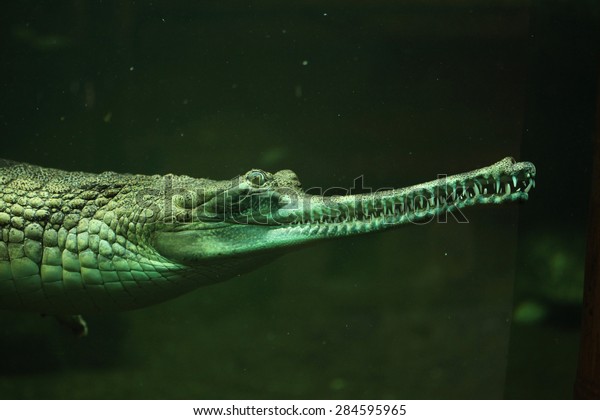



Gharial Gavialis Gangeticus Knows Gavial Stock Photo Edit Now
Gharials are found in Himalayanfed river systems Indus, Ganges, Brahmaputra rivers, to the coast of Burma, Northern and eastern India, Nepal, Bangladesh and Pakistan The Gharia is uniformly dark olivegray with a pale yellow belly Gharials have an extremely elongated snout The teeth are needlelike and the eyes green frosted with backGavialis is a genus of crocodylians that includes the living gharial Gavialis gangeticus and one known extinct species, Gavialis bengawanicus G gangeticus comes from the Indian Subcontinent, while G bengawanicus is known from Java Gavialis likely first appeared in the Indian Subcontinent in the Pliocene and dispersed into the Malay Archipelago through a path called the Siva–MalayanJun 01, 17 · Abstract The remnant populations of Gharials, Gavialis gangeticus, are now confined to the large, deep rivers of northern India and Nepal In lowland Nepal, the populations are restricted to a few stretches of the Narayani–Rapti and Karnali–Babai river systems Periodic censuses of the wild populations have been made over the past 12 yr
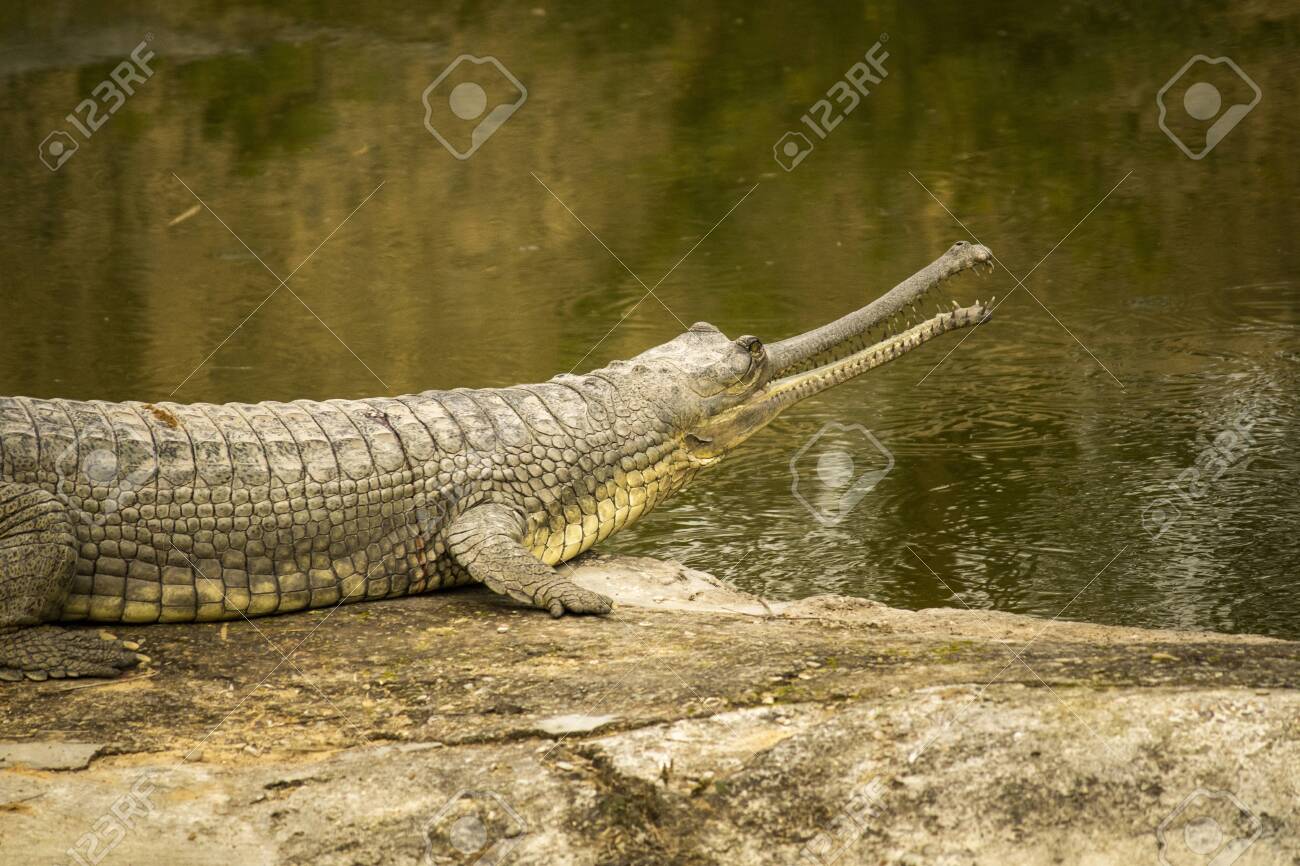



Indian Gharial Gavialis Gangeticus Near Water With Open Mouth Stock Photo Picture And Royalty Free Image Image




Gharial Gavialis Gangeticus Jungledragon
Jun 28, 21 · Gharial (Gavialis gangeticus) female and juvenilejpg supported;Dec 01, · Gharial (Gavialis gangeticus) is one of the most highly threatened fauna of fresh water ecosystems in the world Yet, information about the species habitat characteristics influencing its distribution and threats to its existence are still lacking in NepalBarton, CG 1927 The occurrence of the Gharial (Gavialis gangeticus) in Burma J Bombay nat Hist Soc 33 get paper here;
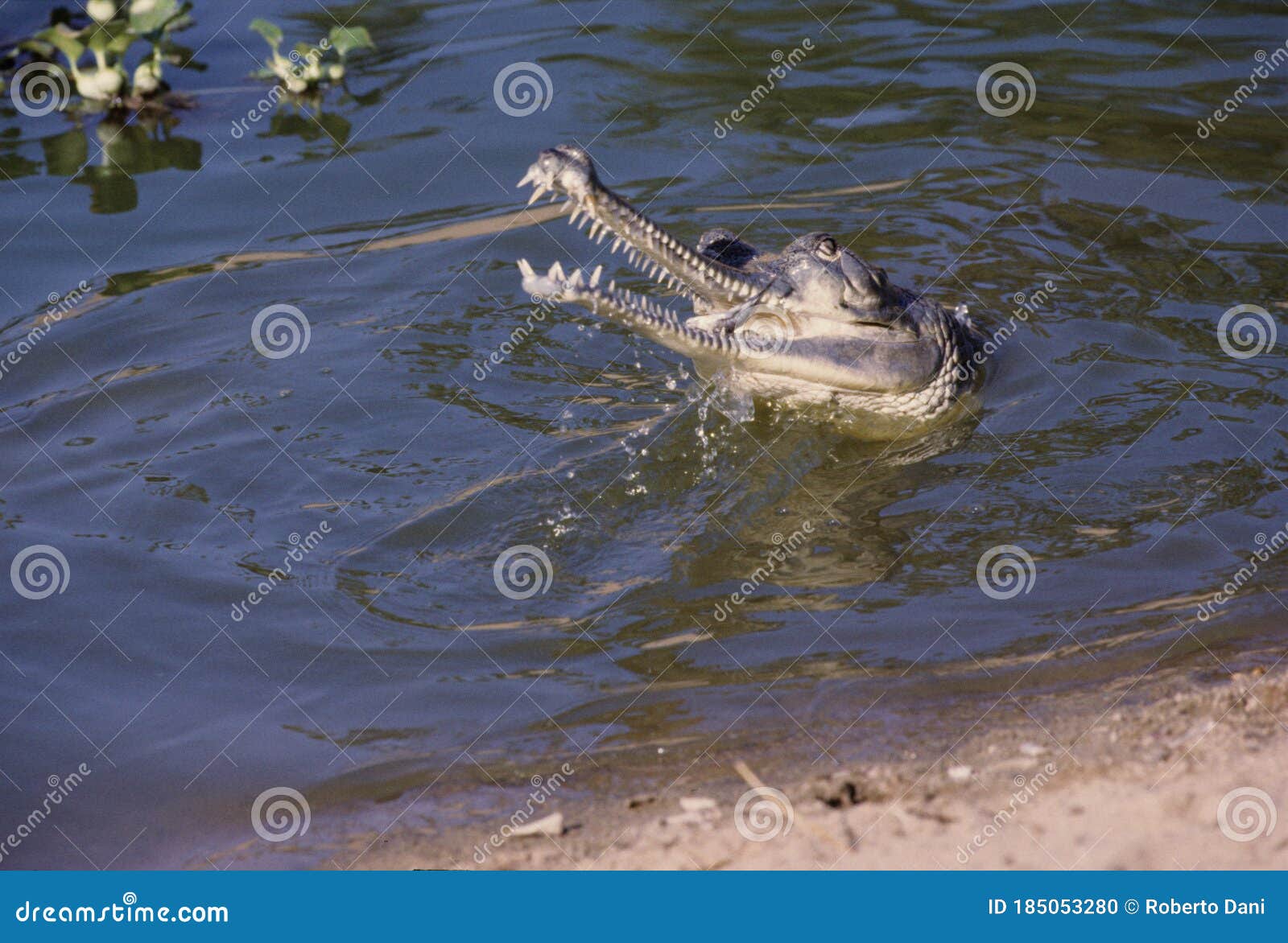



The Gharial Gavialis Gangeticus Stock Photo Image Of Gavial Eating




Gharial Gavialis Gangeticus Print Framed Photos
The Biodiversity Heritage Library works collaboratively to make biodiversity literature openly available to the world as part of a global biodiversity communityMay 05, 16 · Gavialis gangeticus Type Reptiles Diet Carnivore Average Life Span In The Wild 40 to 60 years Gharials regulate their body temperatureGharials are found in the murky waters of Northern India!




Stamp Gharial Gavialis Gangeticus Romania Touchstamps




Print Of Indian Gharial Gavialis Gangeticus Close Up Captive India Gharial Most Endangered Animals Endangered Animals
Gharial Gavialis gangeticus Conservation Status Critically Endangered Cause of Decline Habitat Loss Location Asia Collection Reptiles FMNH catalogue no 681 Measuring up to six metres long, the gharial is one of the largest crocodilians, a group that includes crocodiles, alligators and caimans It is native to the northern IndianMar 09, 21 · Gharial ( Gavialis gangeticus ) Population and conservation status, threats to survival, management actions These pages are part of the San Diego Zoo Global Library website Our website provides access to zoo, animal, plant, conservation, and veterinary information resources Although the site is open to the general public, librarian servicesGunther R 1992 A preliminary report on the reptile fauna of the Kingdom of Bhutan with the




Bio Gharial Gavialis Gangeticus Jaws Print




Pcl Clicks The Big Mama Gharial Gavialis Gangeticus Facebook
It also may have occurred in the Ayeyarwaddy River in Burma (Myanmar)Sep 21, · The gharial ( Gavialis gangeticus) lives in the IndoGangetic plain (Pakistan, Northern India, Southern Nepal, Bangladesh) The mugger crocodile ( Crocodylus palustris) is by far the most common and lives throughout the subcontinent The saltwater crocodile ( Crocodylus porosus) lives along the entire Indian east coast (as well as throughoutGharial Scientific Name Gavialis gangeticus Photo Taken At Kukrail Gharial And Turtle Rehabilitation Center, Lucknow, India NAT GEO PHOTO ARK EDGE FELLOW Ashish Bashyal IUCN Red List Status Critically Endangered




Gharial Gavial Indian Gharial Gavialis Gangeticus Portrait Stock Photo Picture And Rights Managed Image Pic Bwi Blws Agefotostock




Gharial Gavialis Gangeticus Inaturalist
Gavialis gangeticus, featuring the distinctive 'ghara' of adult males Photograph Grahame Webb Historically, G gangeticus was found in the northern part of the Indian subcontinent, in the Indus (Pakistan), Ganges (India and Nepal), Mahanadi (India) and Brahmaputra (Bangladesh, India and Bhutan) River systemsThe gharial (Gavialis gangeticus), also known as the gavial or the fisheating crocodile, is a crocodilian in the family Gavialidae and among the longest ofGharials can live for 30 to 50 years How many species of Gharial are there?




Minden Pictures Gharial Gavialis Gangeticus On River Bank Chambal River Uttar Pradesh India
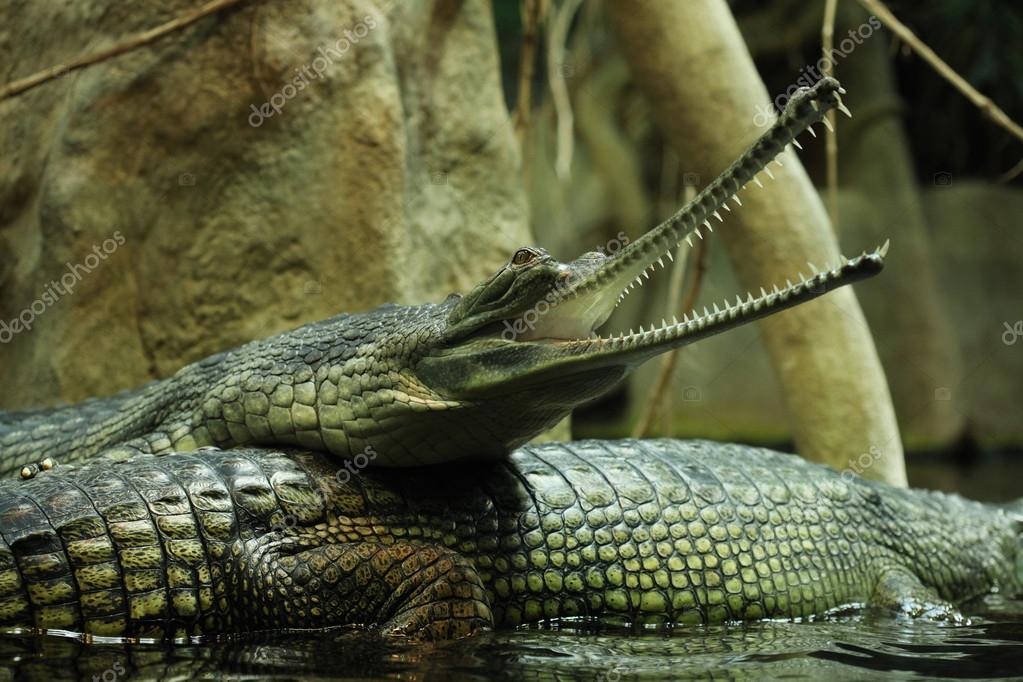



Gharial Gavialis Gangeticus Stock Photo Image By C Wrangel
>Gavialisis a corrupted derivation from the Hindi word ghariyalwhich is a name for "crocodile" >gangeticusmeans "of the Ganges (River)", where icusmeans "belonging to" (Latin)Gharial (Gavialis gangeticus) is a critically endangered crocodilian living in South Asian Rivers The only viable, selfsustaining population inhabits the CThe gharial (Gavialis gangeticus), also called Indian gavial or gaviaisl, is the only surviving member of the once wellrepresented family Gavialidae, a long




The Gharial Gavialis Gangeticus Also Known As The Gavial Or The Fish Eating Crocodile Is Among The Longest Of All Living Crocodilians They Have A Very Long Very Narrow Snout Longest Of All



Stock Image Ganges Gharial Gavialis Gangeticus Royal Chitwan National Park Unesco World Heritage List 1984 Nepal A 01arefjc Deagostini Search Stock Photos Images Pictures Photography At Diomedia
The gharial (Gavialis gangeticus), also known as the gavial or fisheating crocodile, is a crocodilian of the family Gavialidae, native to the northern part of the Indian Subcontinent The global wild gharial population is estimated at fewer than 235 individuals, which are threatened by loss of riverine habitat, depletion of fish resources, and entanglement in fishing netsThe gharial, Gavialis gangeticus (Gmelin 17), a piscivorous reptile of Asian river systems, is increasingly threatened by diverse human pressures 2 Three survey expeditions were launched to monitor gharial populations, notable wildlife, and the activities and attitudes of local people in a 110 km stretch of the Chambal River in the NationalNov 22, 04 · Vernacular names edit wikidata 'Gavialis gangeticus' English Gharial, Fisheating Crocodile, Gavial, Indian Gavial, Indian Gharial, Longnosed Crocodile العربية جافيال




Gharial Gavialis Gangeticus Crocodile In Chitwan National Park Nepal Stock Photo Picture And Rights Managed Image Pic T76 Agefotostock




Gharial Conservation At The Bronx Zoo Youtube
Gavial, also called gharial, (Gavialis gangeticus), an exceptionally long and narrowsnouted crocodilian classified as the sole species in the separate family Gavialidae (order Crocodilia) The gavial inhabits the rivers of northern India and NepalLike other crocodilians, it reproduces by means of hardshelled eggs laid in nests built by the femaleGeographic Range Gavialis gangeticus is found in the northern part of the Indian subcontinent It historically inhabits four river systems the Indus (Pakistan), the Ganges (India and Nepal), the Mahanadi (India) and the Brahmaputra (Bangladesh, India, and Bhutan);Mar 11, 21 · The gharial (Gavialis gangeticus) is a critically endangered crocodylian, endemic to the Indian subcontinentThe species has experienced severe population decline during the
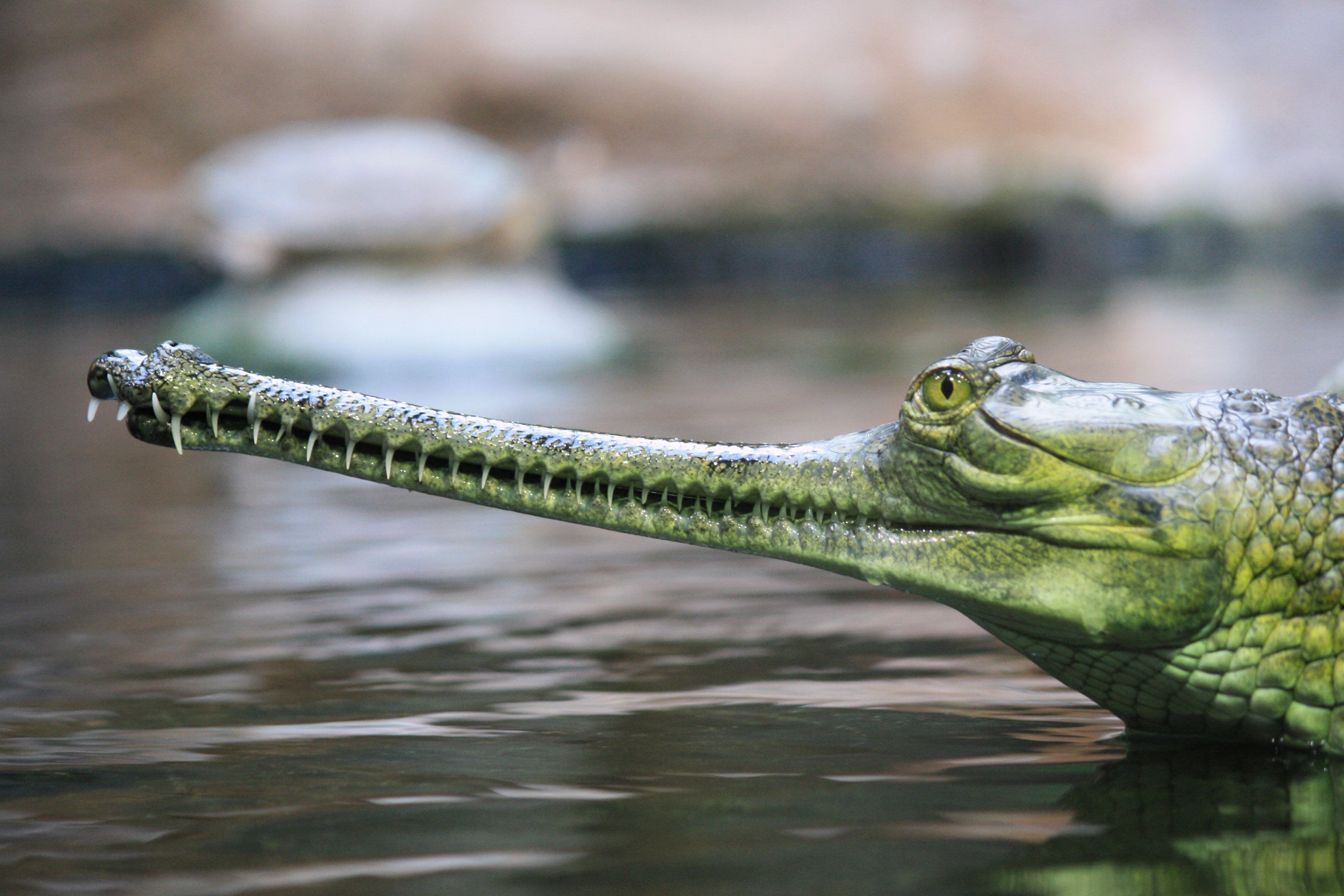



Gavialoidea Wikipedia
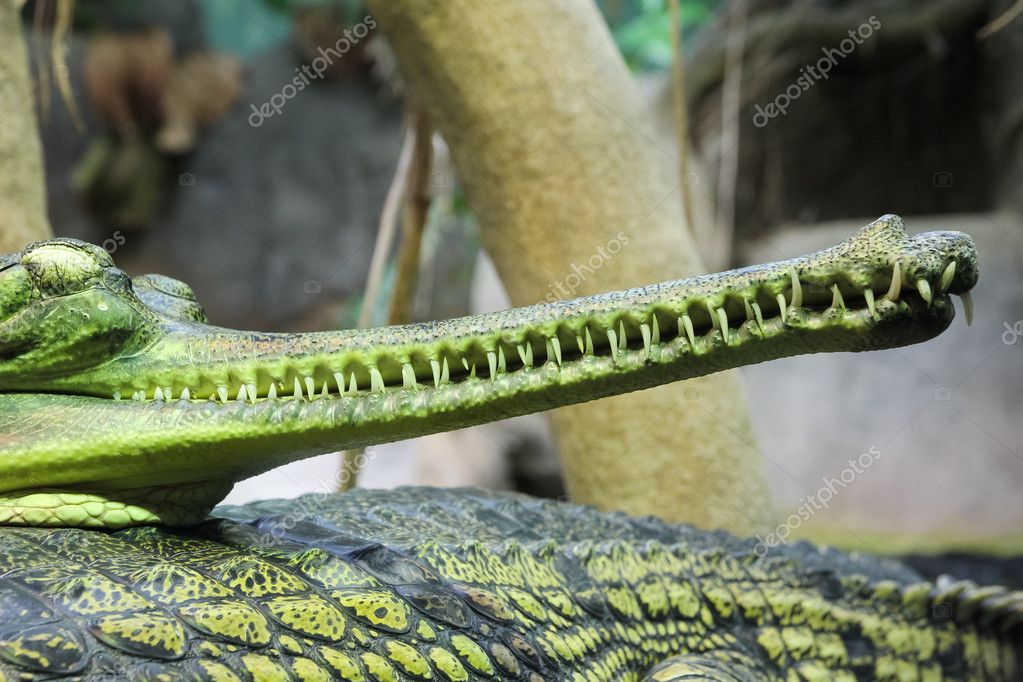



Gharial Gavialis Gangeticus Gavial Crocodile Stock Photo Image By C Nickodim
Jan 01, 08 · Gavialis gangeticus, the Indian gharial, is the only extant gharial species in the world The gharial is a large crocodilian in the family Gavialidae and is characterized by a long snout Due to its sparse numbers and increased habitat destruction, its behavior as compared to other living crocodilians remains relatively unknownProject background Gharials (Gavialis gangeticus) have been identified as the most Critically Endangered crocodilian species in the world The geographical range of gharial distribution has dwindled throughout Pakistan, Bhutan, India, Nepal and BangladeshThe gharial (Gavialis gangeticus), also known as the gavial, and fisheating crocodile is a crocodilian in the family Gavialidae, and is native to the northern part of the Indian subcontinentThe global wild gharial population is estimated at fewer than 235 individuals, which are threatened by loss of riverine habitat, depletion of fish resources, and entanglement in fishing nets




Gharial Gavialis Gangeticus Youtube
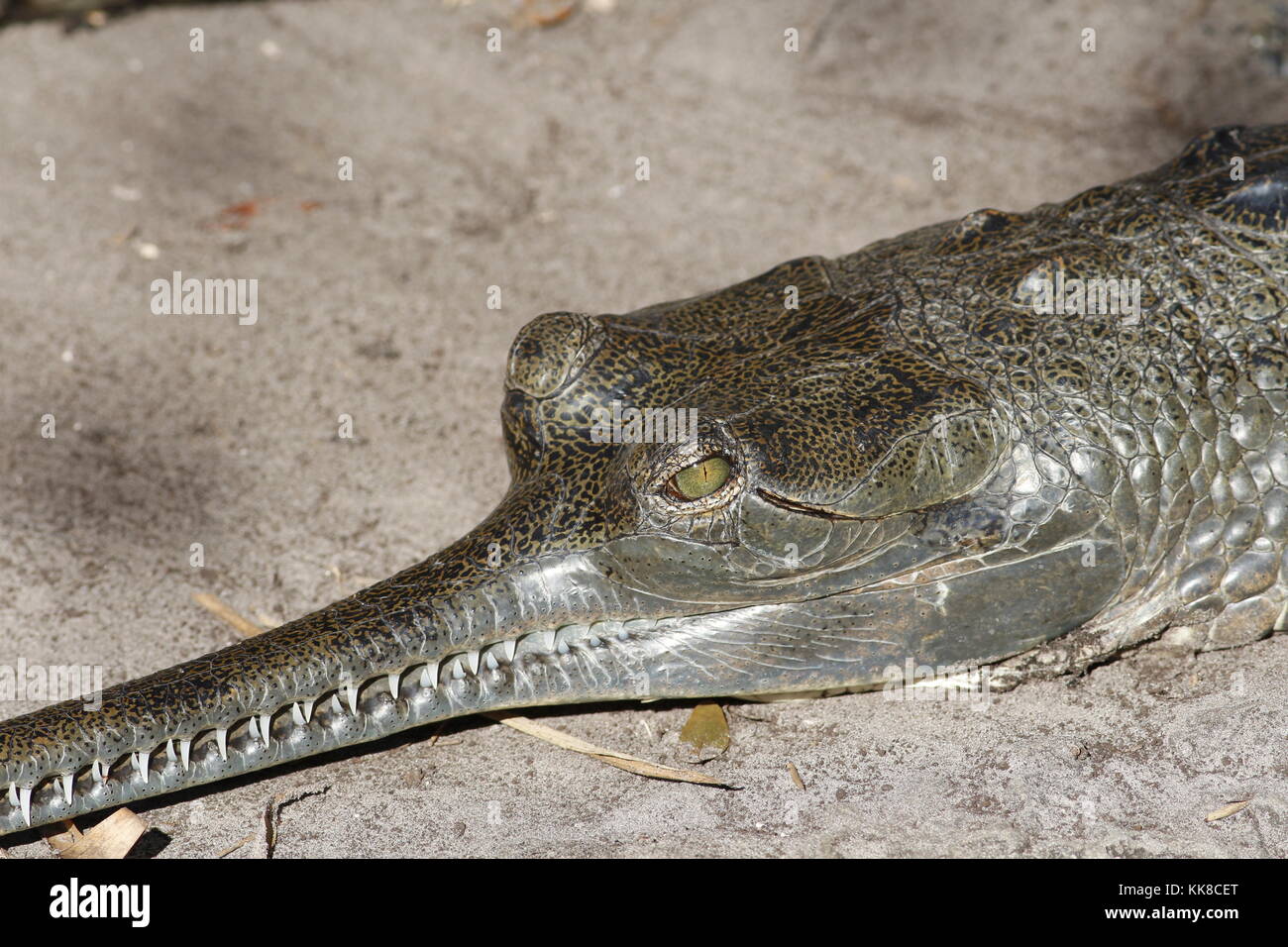



Indian Gharial Gavialis Gangeticus Stock Photo Alamy
The gharial, or gavial, inhabits the rivers of northern India and Nepal It is distinguished by its long and very slender sharptoothed jaws, which it sweeps sideways in order to catch fish, its main prey The gharial normally attains a length of about 12 to 15 feet (37 to 46 meters)
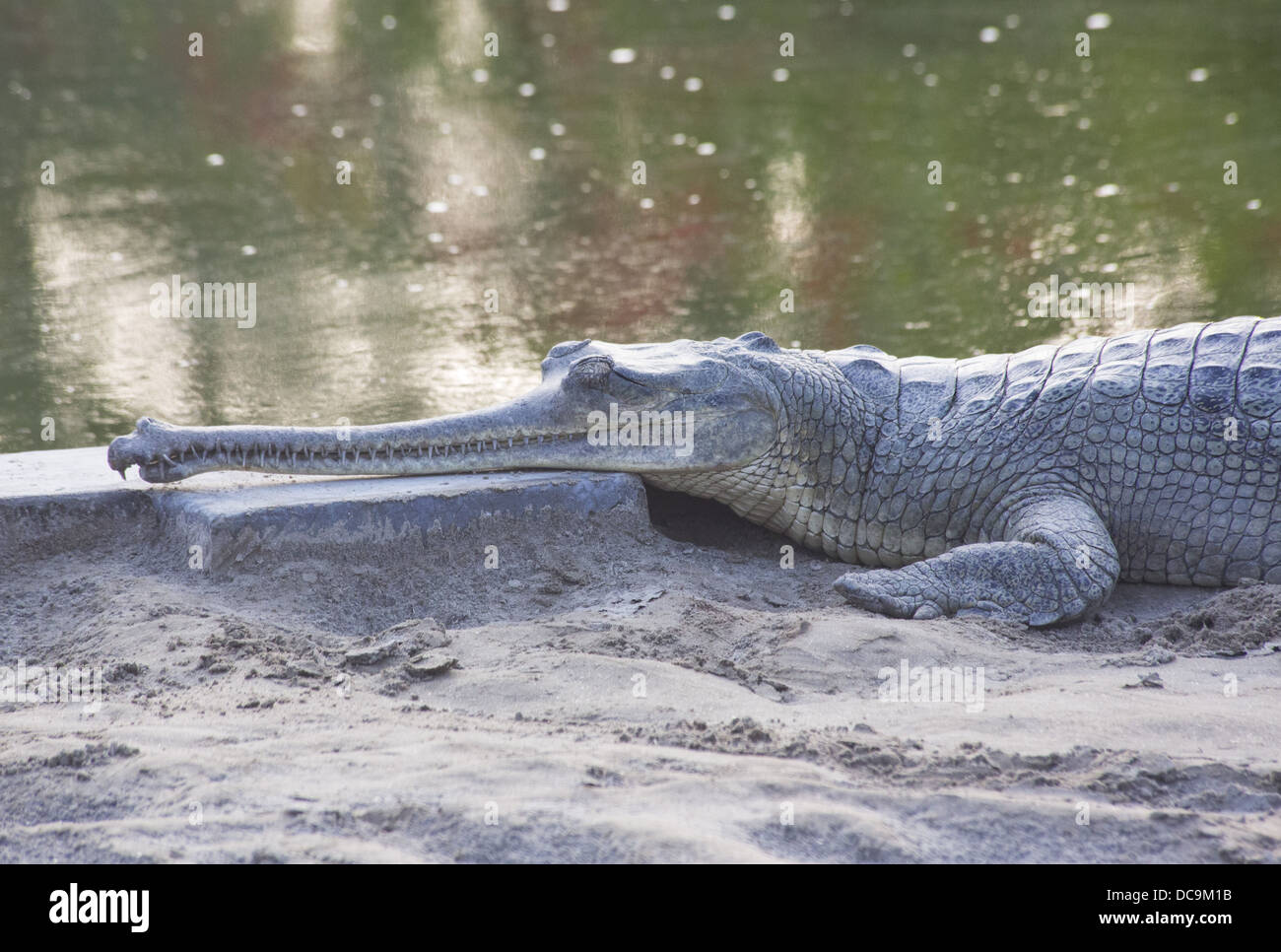



Gharial Gavialis Gangeticus At The Crocodile Breeding Centre In Bardia National Park Nepal Stock Photo Alamy




Gharial Gavialis Gangeticus By Shubhrajit Chatterjee Mostphotos




Indian Gharial Gavialis Gangeticus Stock Photo Picture And Royalty Free Image Image




Gharial Gavialis Gangeticus Chambal River India Mark Piazzi Flickr




Indian Gharial Gavialis Gangeticus Stock Photo Image Of Asia Indian
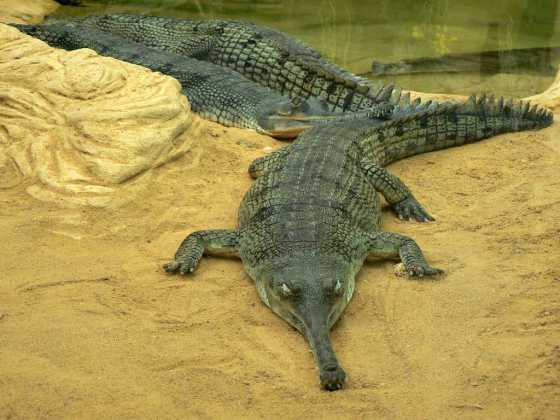



Gavialis Gangeticus The Reptile Database
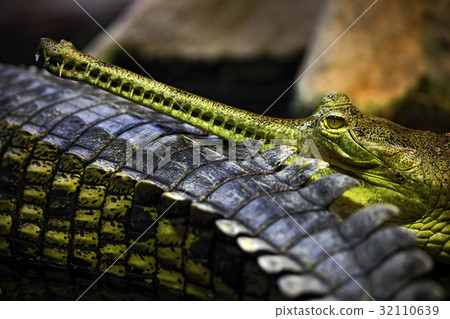



Portrait Of Indian Gharial Gavialis Gangeticus Stock Photo




Gavialis Gangeticus The Reptile Database



Gharial Gavialis Gangeticus




Gharial Gavialis Gangeticus Critically Endangered In Iunc Red List Gharial Gavialis Gangeticus Jaws With 110 Teeth Canstock




Indian Gharial Gavialis Gangeticus Stock Photo Image Of Gavialidae Gharial
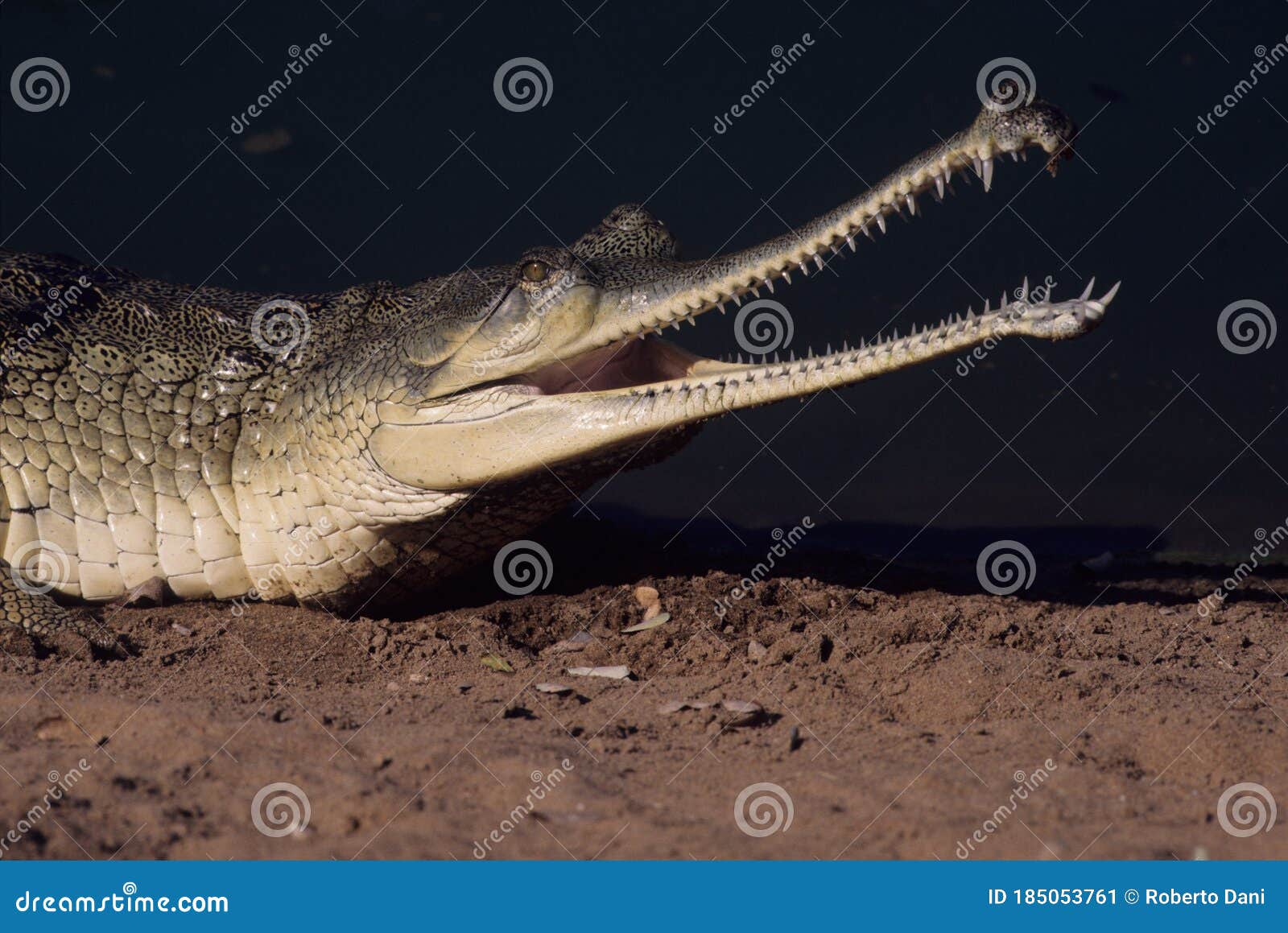



The Gharial Gavialis Gangeticus Stock Image Image Of Family Crocodilian




Gharial Gavialis Image Photo Free Trial Bigstock




Gharial Gavialis Gangeticus Gavial Crocodile Pair In Water Canstock




Gharial Gavialis Image Photo Free Trial Bigstock




Nature Picture Library Gharial Gavialis Gangeticus On River Bank Chambal River Uttar Pradesh India Sylvain Cordier




Gharial Gavialis Gangeticus Critically Endangered In Iunc Red List Stock Photo Image By C Scigelova




File Gharial Gavialis Gangeticus Jpg Wikimedia Commons




Gharial Gavialis Gangeticus La Ferme Aux Crocodiles More Flickr
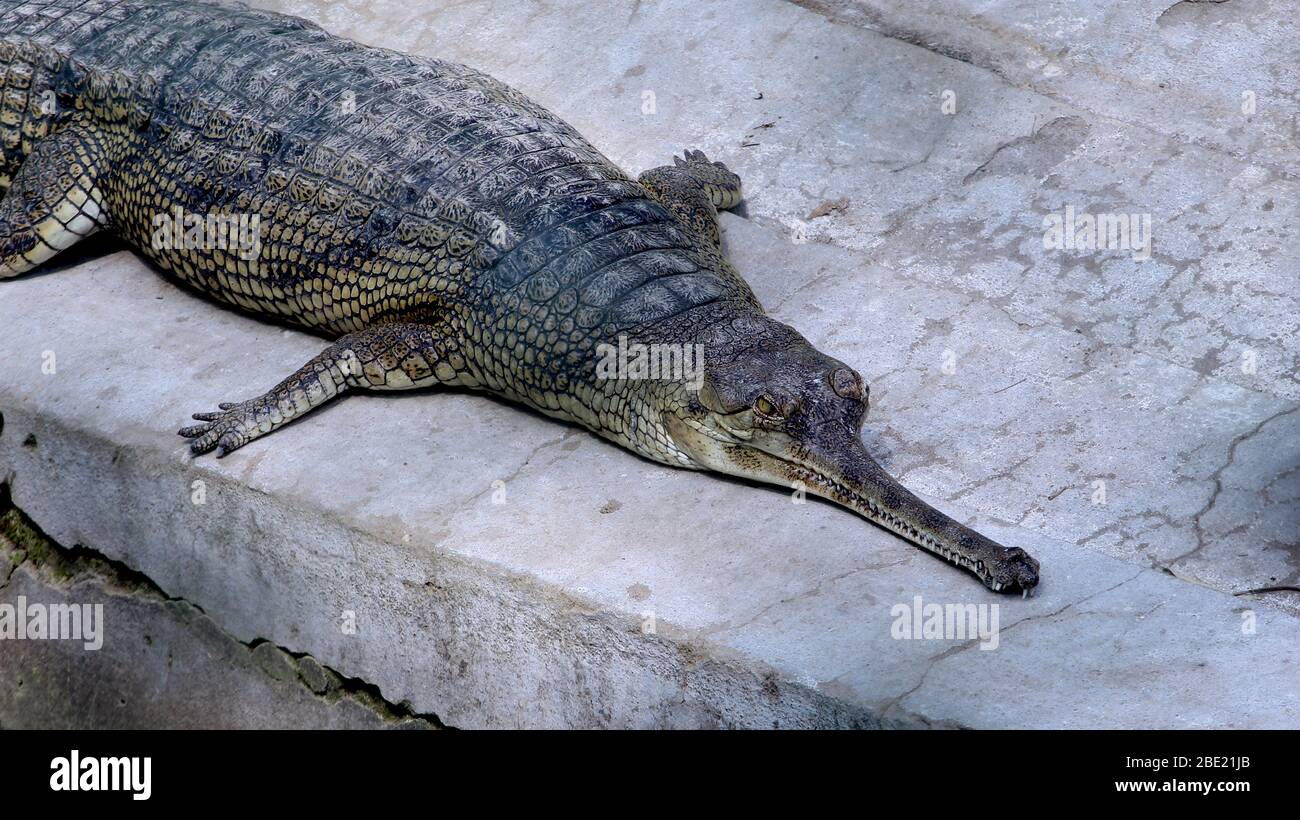



Gharial Gavialis Gangeticus Gharial Fish Eating Crocodile Resting In National Park Selective Focus With Blur Background Stock Photo Alamy
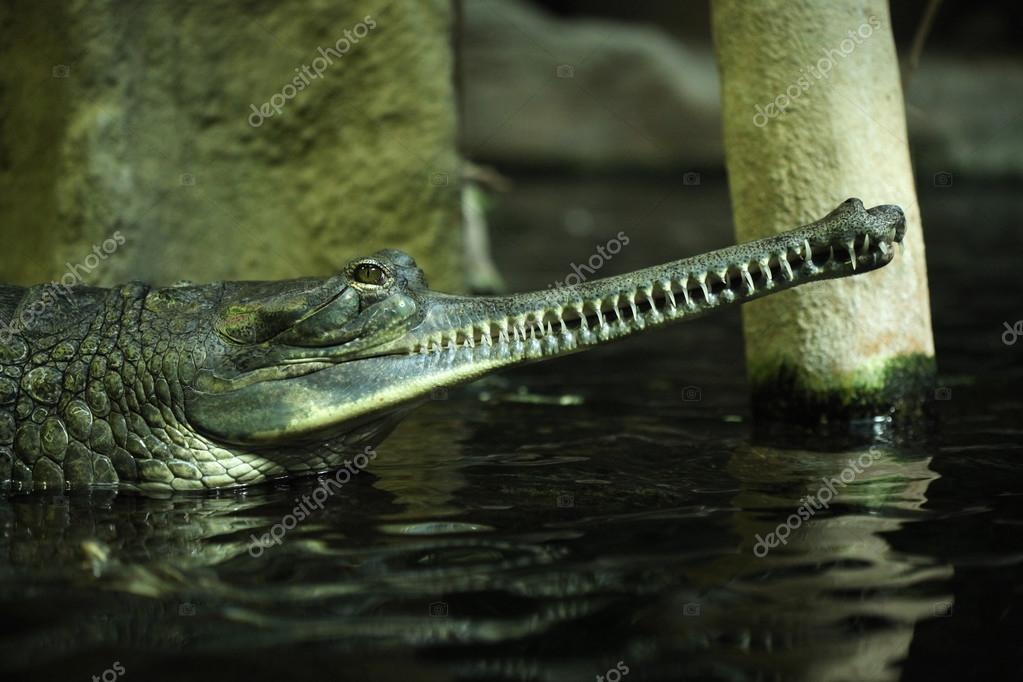



Gharial Gavialis Gangeticus Stock Photo Image By C Wrangel
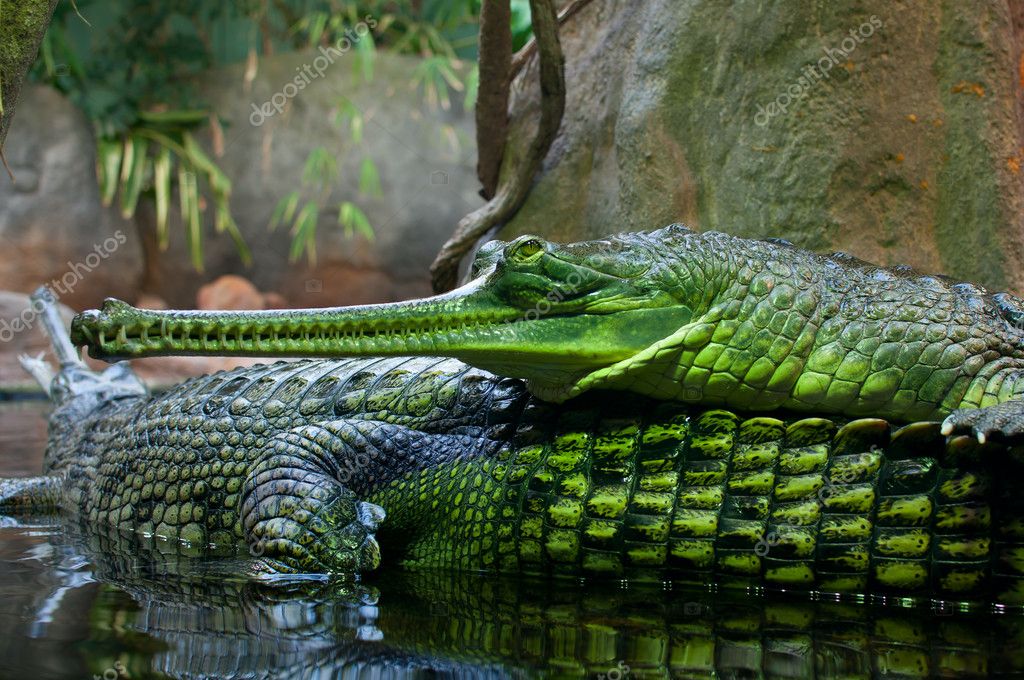



Indian Gavial Gharial Gavialis Gangeticus Stock Photo Image By C Jamdesign
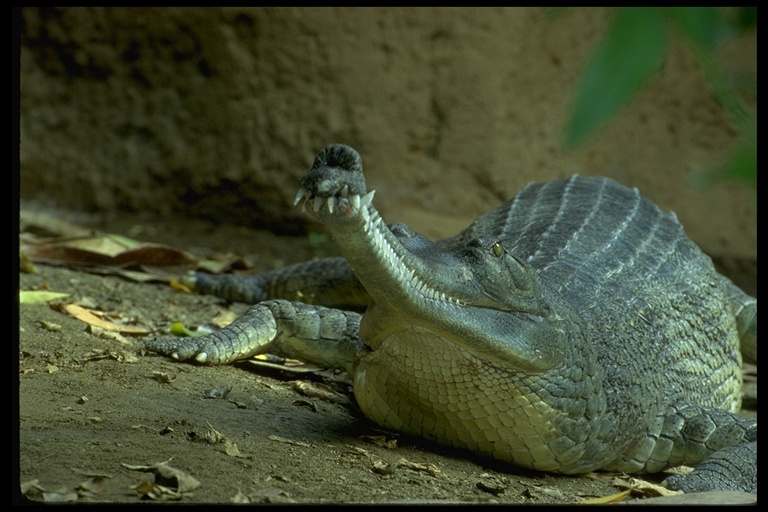



Gavialis Gangeticus The Reptile Database




Matured Male Gharial Image Photo Free Trial Bigstock



Homepage Of Vladimir Dinets Crocs Part 10 Of



Q Tbn And9gcsbn0fuwmgotpd5et2zaljfh 159wociv67njm65ebp8gu7efts Usqp Cau
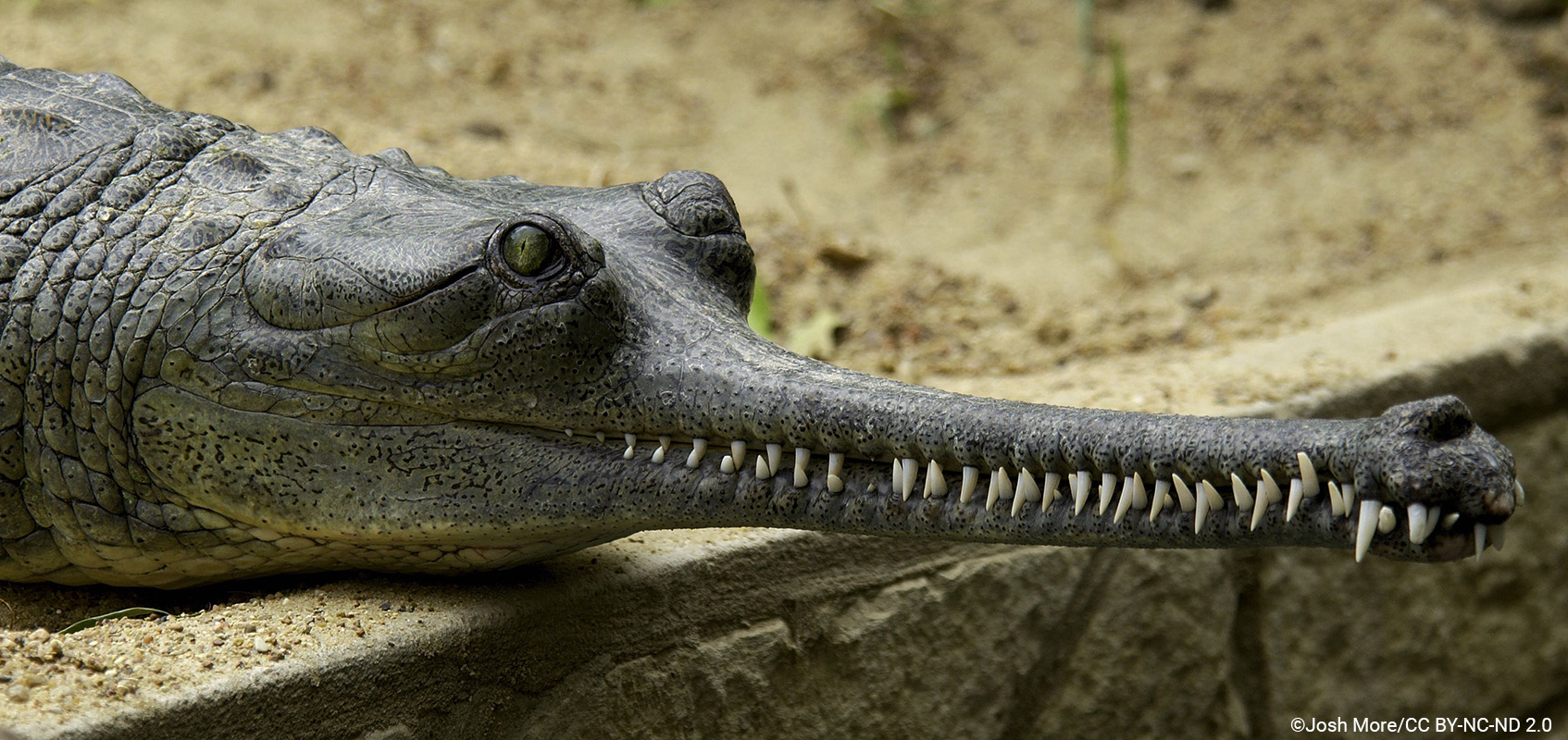



Gharial Gavialis Gangeticus




The Gharial Gavialis Gangeticus Basking In New Delhi Zoo Flickr



Q Tbn And9gcsqb9fvqz 7uojvv43but7pfuoqb8lywtwbng858ulsno1uzbqz Usqp Cau




Gharial Gavialis Gangeticus Critically Endangered In Iunc Red List Stock Photo Download Image Now Istock




Gharial Gavialis Gangeticus Fish Eating Chitwan National Park Stock Photo Picture And Royalty Free Image Image




The Gharial Gavialis Gangeticus Stock Photo Image Of Gangeticus Heritage




Nature Picture Library Gharial Gavialis Gangeticus On The Sand Of The River Chambal River Uttar Pradesh India Sylvain Cordier




Pdf Gharial Gavialis Gangeticus Semantic Scholar




Nature Picture Library Gharial Gavialis Gangeticus On The Shores Of Chambal River National Chambal Sanctuary Uttar Pradesh India Critically Endangered Oriol Alamany




Gharial Gavialis Gangeticus Also Knows As The Gavial Stock Photo Picture And Royalty Free Image Image




The Gharial Gavialis Gangeticus Stock Image Image Of Endangered Species
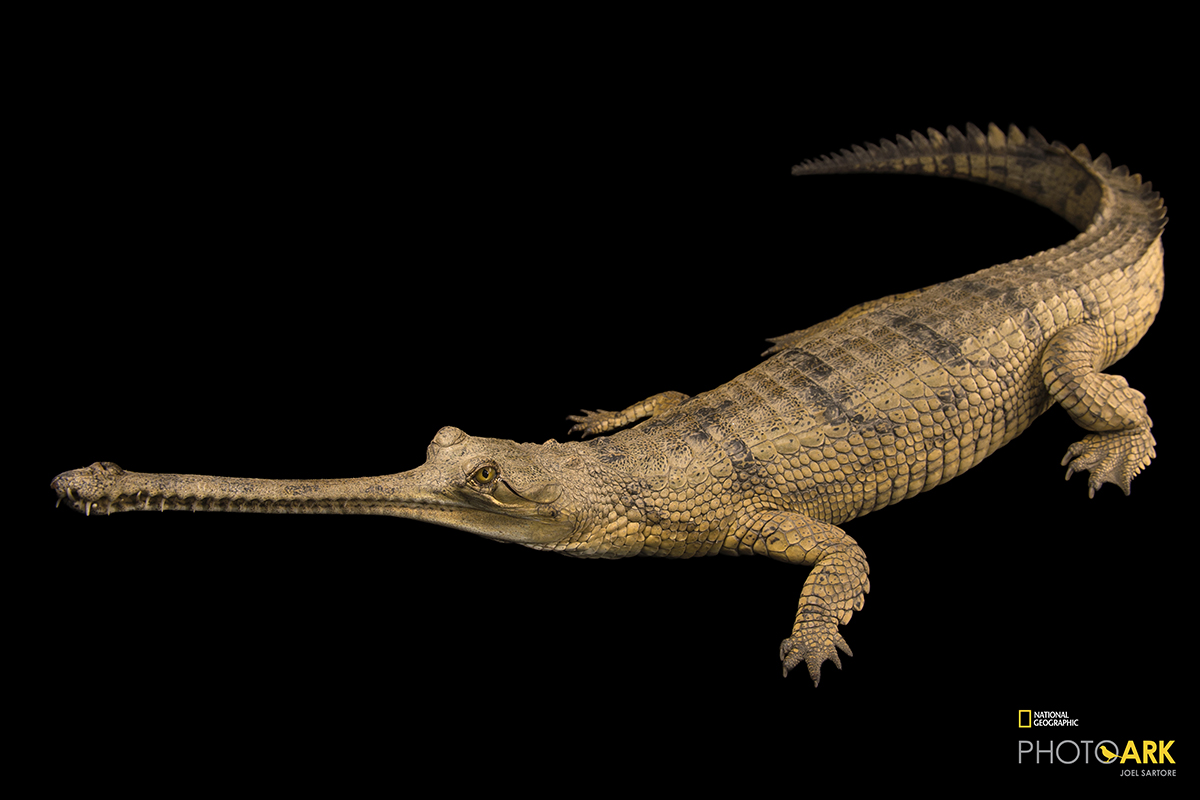



Gharial Gavialis Gangeticus
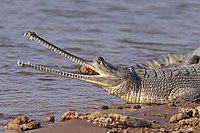



Gharial Wikipedia




Indian Gharial Gavialis Gangeticus Near Water Stock Photo Image Of Bite Leather




Gharial Gavialis Gangeticus Also Knows As The Gavial Stock Photo Picture And Royalty Free Image Image




Indian Gavial Gharial Gavialis Gangeticus In The Lake Canstock




Gharial Gavialis Gangeticus Gharial Fish Eating Crocodile Stock Photo Picture And Royalty Free Image Image




File Gharial Gavialis Gangeticus Juvenile Jpg Wikimedia Commons




Gharial Gavialis Gangeticus Gharial Fish Eating Crocodile Stock Photo Picture And Royalty Free Image Image




Gavial Fish Eating Image Photo Free Trial Bigstock
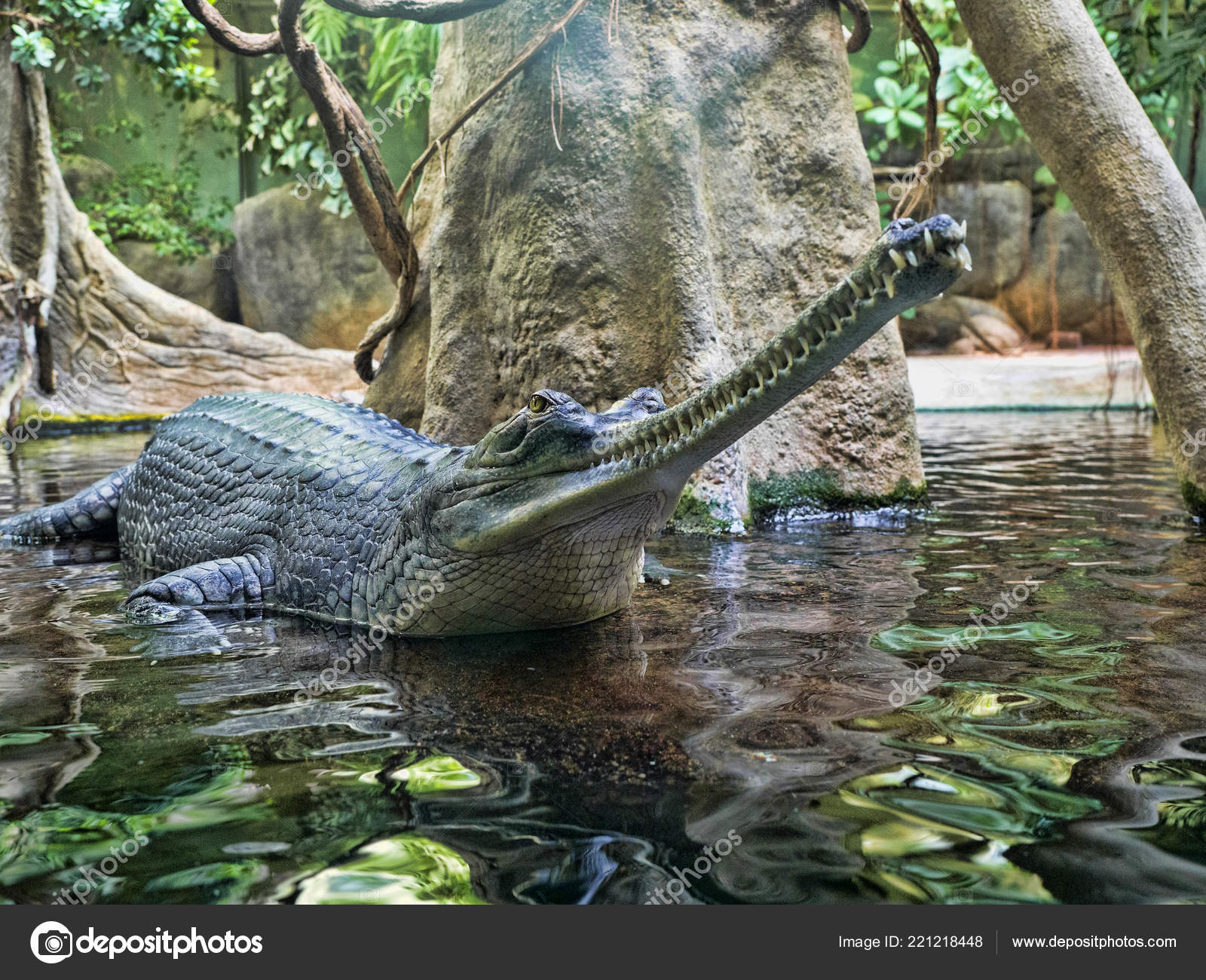



Gharial Gavialis Gangeticus Stands Out Very Long Jaw Stock Photo Image By C Jirousek Zoo Foto Cz
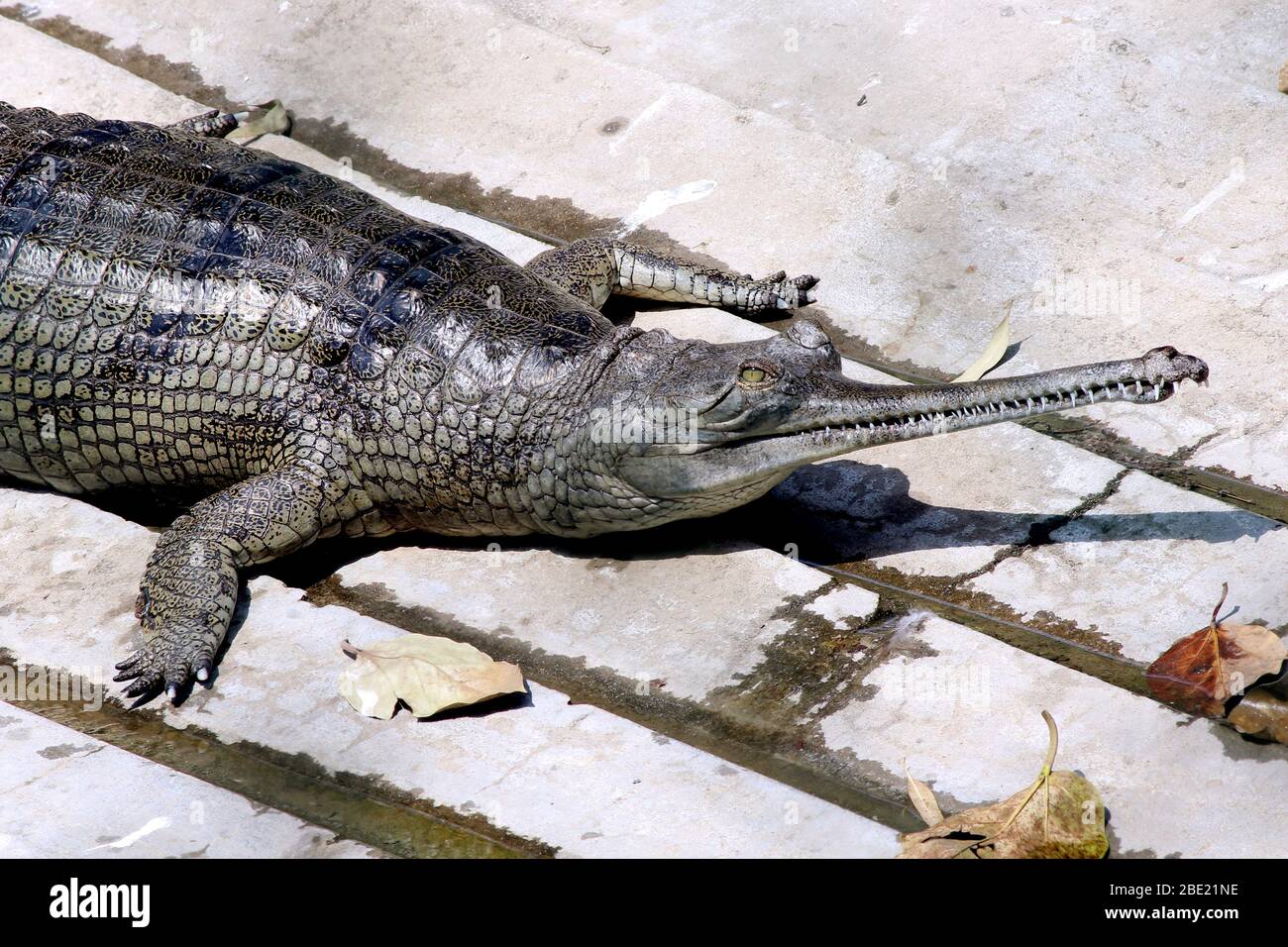



Gharial Gavialis Gangeticus Gharial Fish Eating Crocodile Resting In National Park Selective Focus With Blur Background Stock Photo Alamy




Indian Gharial Gavialis Gangeticus The World Of Animals




Gharial Foton Och Fler Bilder Pa 15 Istock
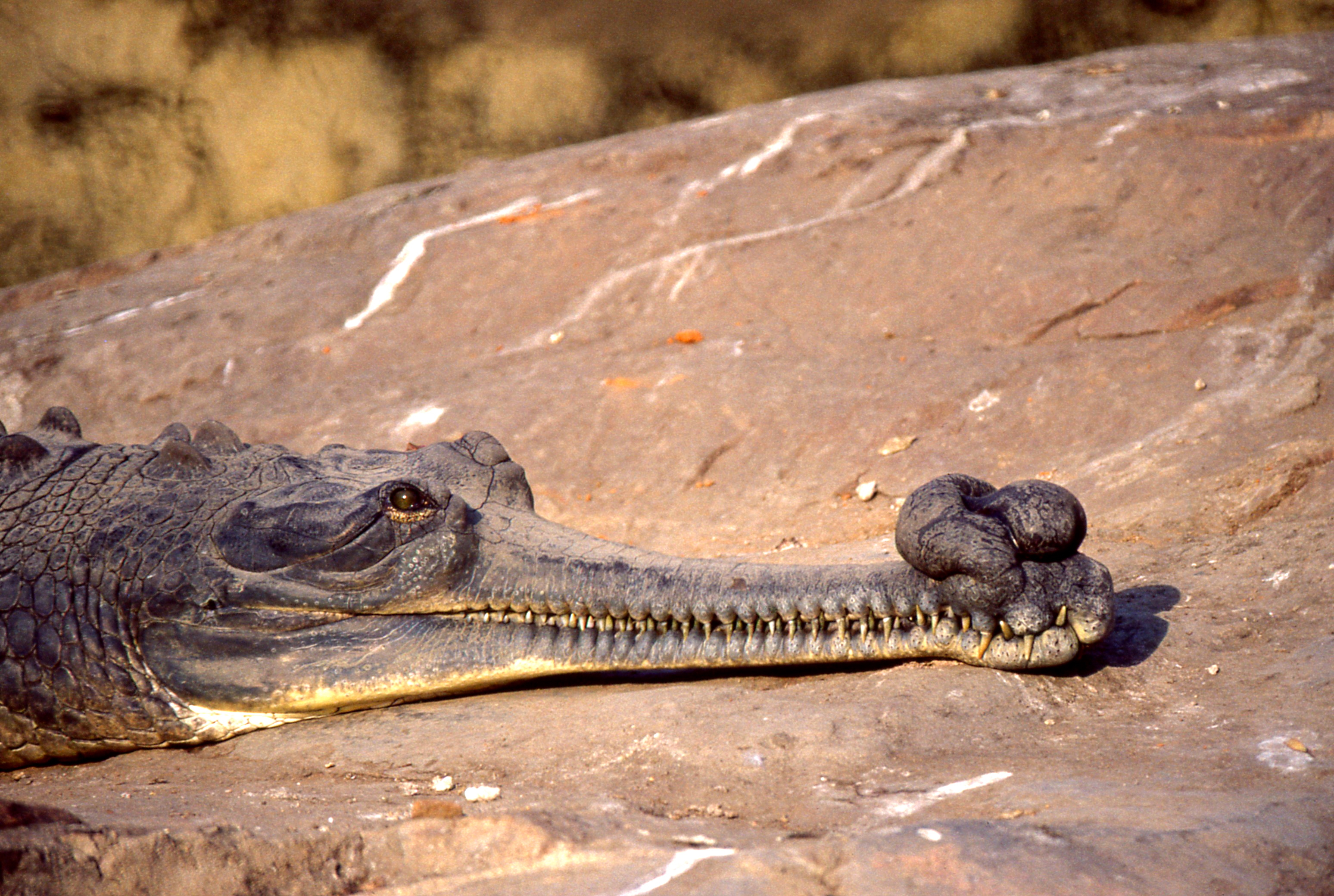



File Gharial Gavialis Gangeticus Male Jpg Wikimedia Commons




Gharial Gavialis Gangeticus The National Chambal Sanctuar Flickr
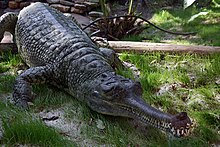



Gharial Wikipedia
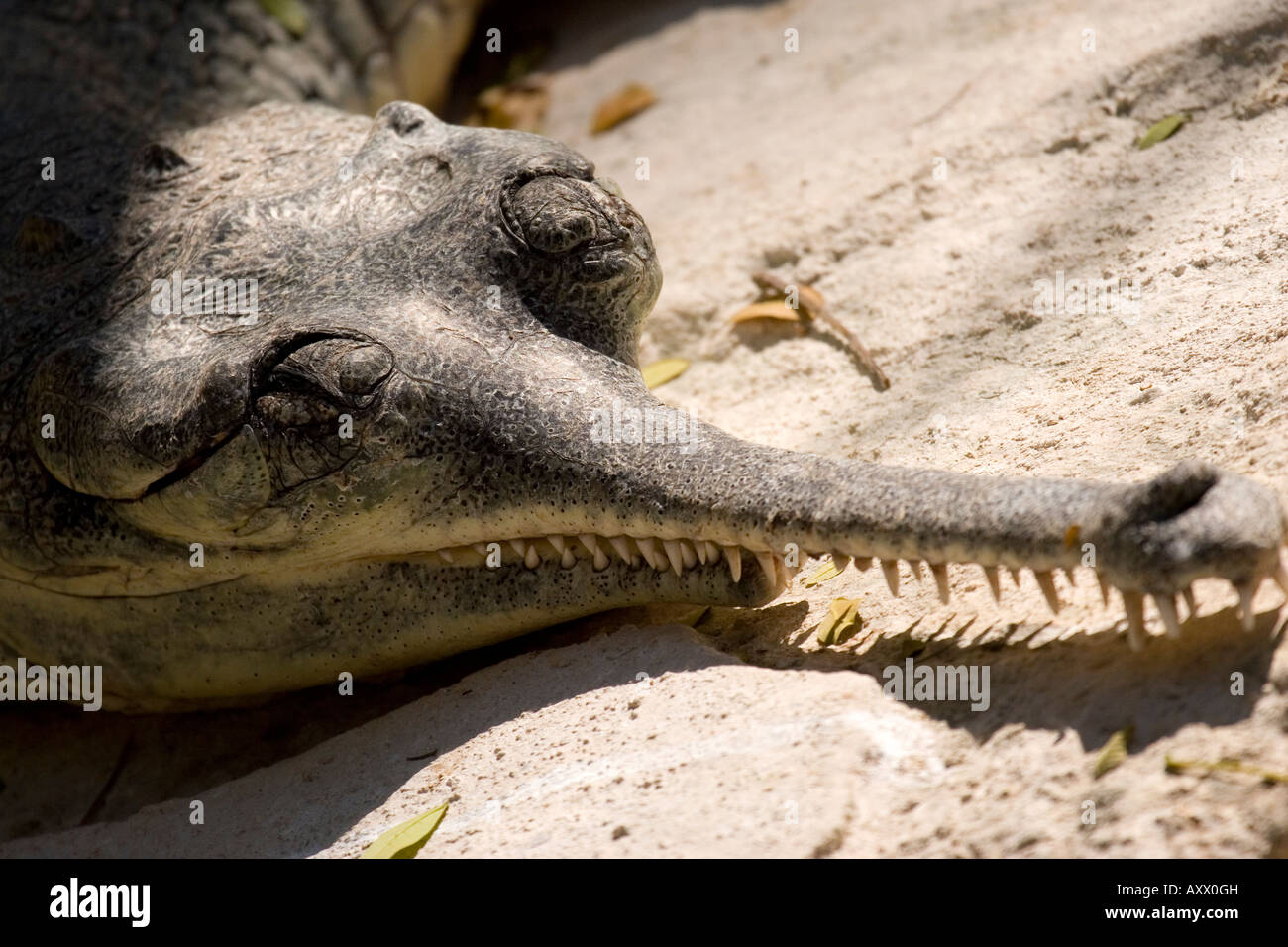



A Gharial Gavialis Gangeticus In India The Gharial Is A Species Of Crocodile Stock Photo Alamy




Bio Gharial Gavialis Gangeticus Arriving At Print




Gharial Wikipedia
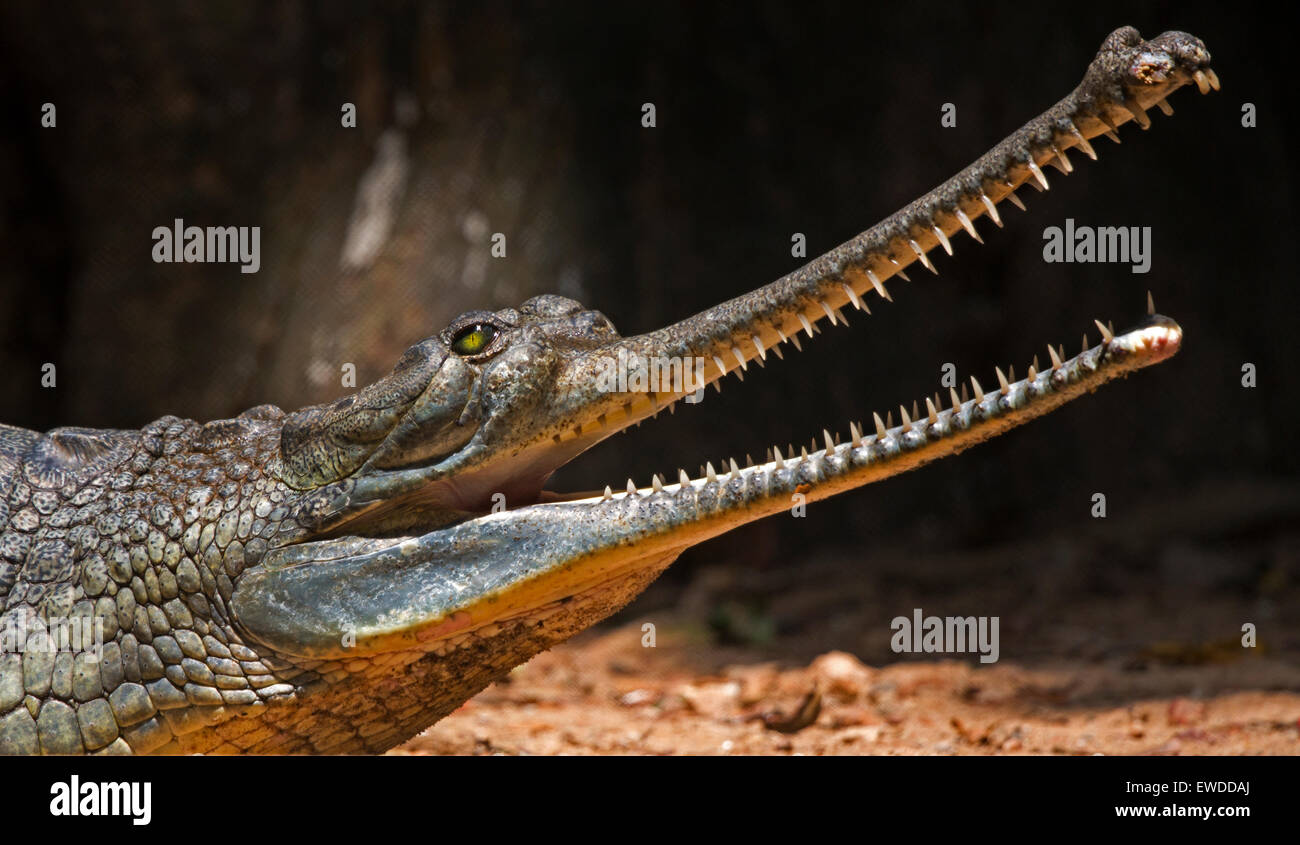



Gharial Gavialis Gangeticus Also Knows As The Gavial Stock Photo Alamy




Pin On All Creatures Great Small
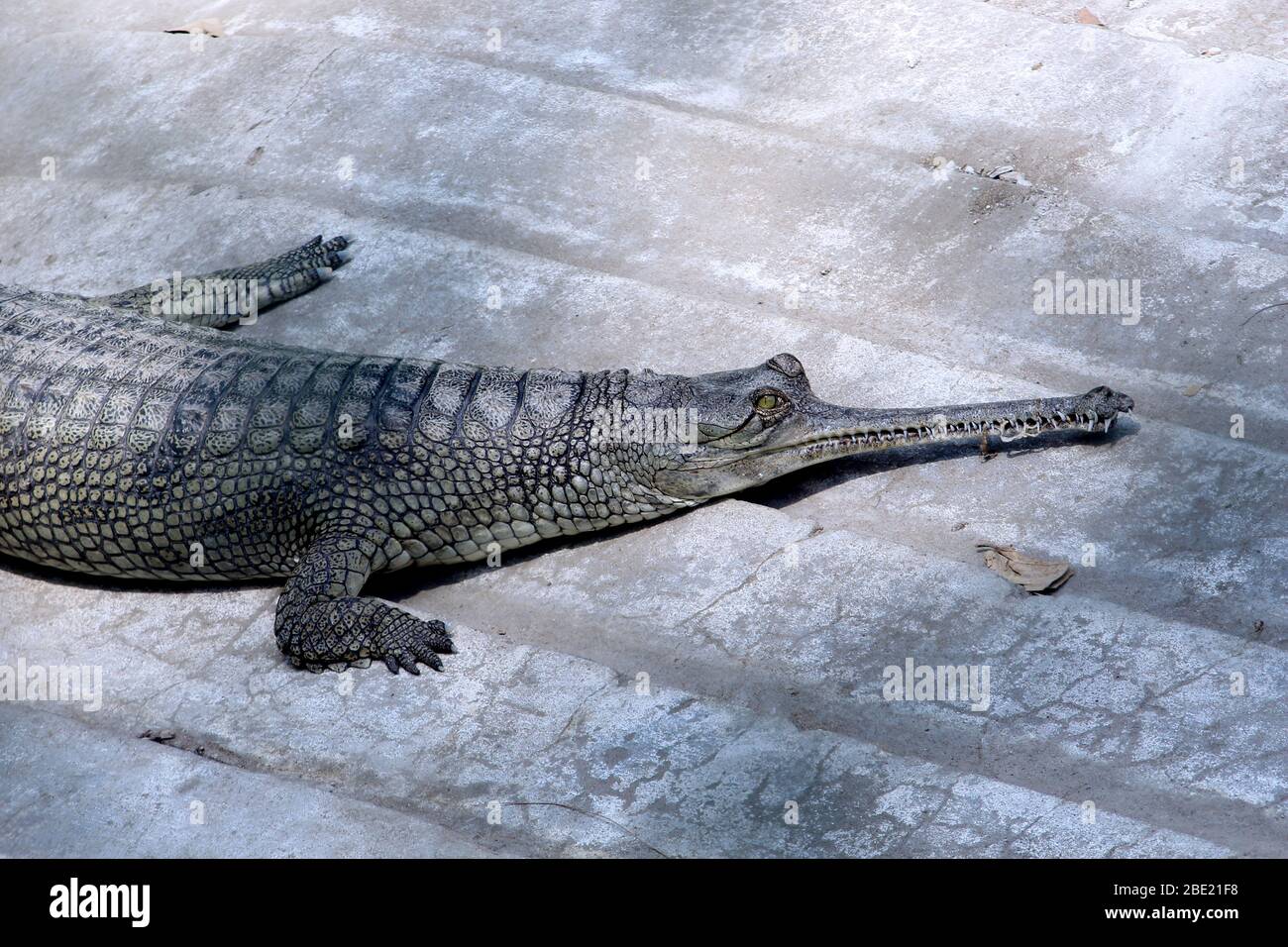



Gharial Gavialis Gangeticus Gharial Fish Eating Crocodile Resting In National Park Selective Focus With Blur Background Stock Photo Alamy




Nature Picture Library Gharial Gavialis Gangeticus On River Bank Chambal River Uttar Pradesh India Sylvain Cordier




Gharial Gavialis Gangeticus Nature Table




The Gharial Gavialis Gangeticus Stock Photo Image Of Cool Beak
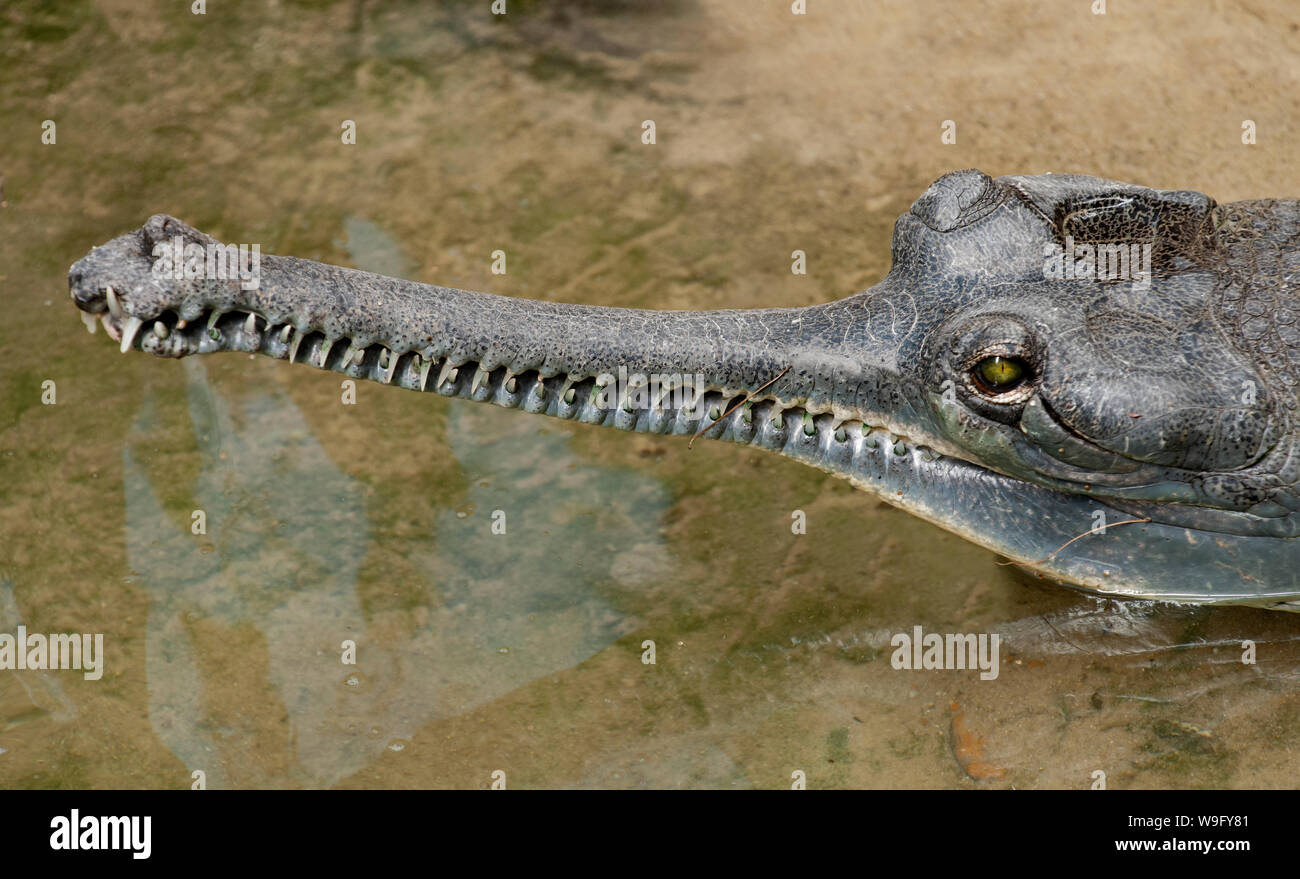



Gharial Gavialis Gangeticus Found On Chambal River Northern India Stock Photo Alamy




Gharial Gavialis Image Photo Free Trial Bigstock




Gharial Gavialis Gangeticus Also Knows As The Gavial Wildlife Stock Photo Picture And Royalty Free Image Image




Gharial Gavialis Gangeticus Zoochat



Michael Freeman Photography Gharial Gavialis Gangeticus




File Gharial Gavialis Gangeticus Close Up Jpg Wikimedia Commons




Gharial Crocodile Stock Photo Download Image Now Istock




Gharial Gavialis Gangeticus By Shubhrajit Chatterjee Mostphotos




File Gharial Gavialis Gangeticus Male Captive Specimen Jpg Wikimedia Commons
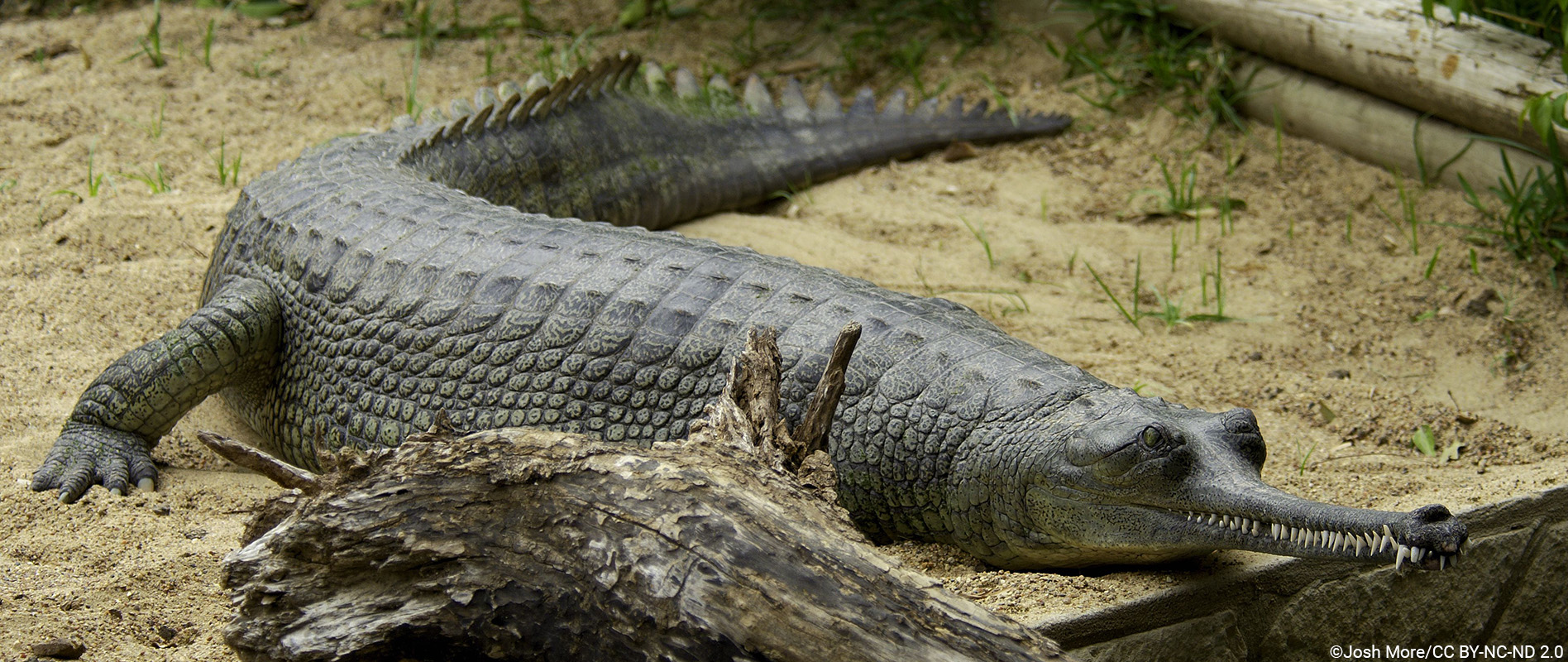



Gharial Gavialis Gangeticus
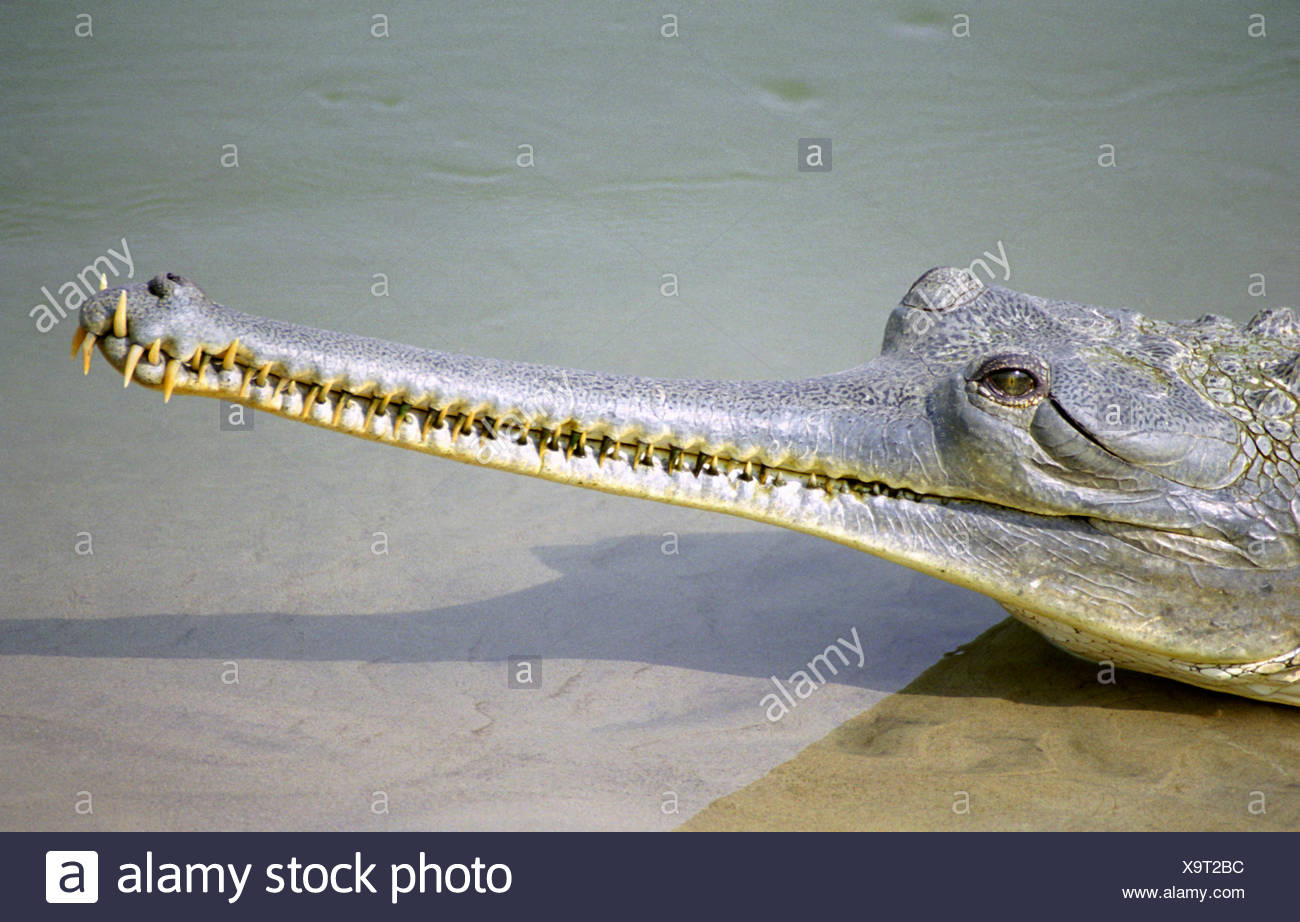



Gharial Gavialis Gangeticus Endangered Species Closeup Of Head Stock Photo Alamy




Gharial Gavialis Gangeticus La Ferme Aux Crocodiles More Flickr




Gavialis Wikipedia




Gharial Gavialis Gangeticus Also Knows As The Gavial Stock Photo Picture And Royalty Free Image Image




Gharial Gavialis Gangeticus Gavial Fiskatande Krokodil Krokodil Gavialidae Rovdjur Piqsels




Gharial Crocodile Stock Photo Download Image Now Istock



Q Tbn And9gcse 40eujx8cy01os6idhkanwdt98sbl35upwxg2rc9bby4ojnn Usqp Cau
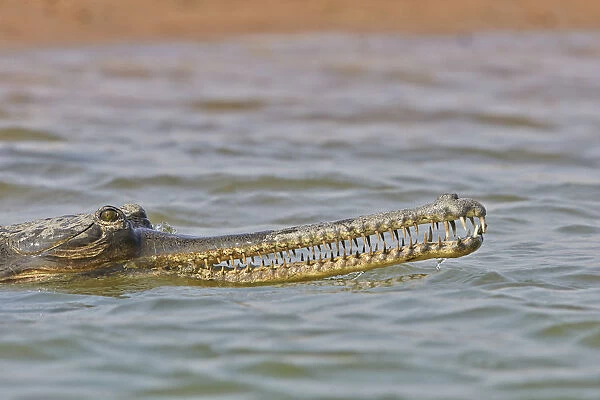



Gharial Gavialis Gangeticus On River Bank Framed Photos Wall Art


コメント
コメントを投稿